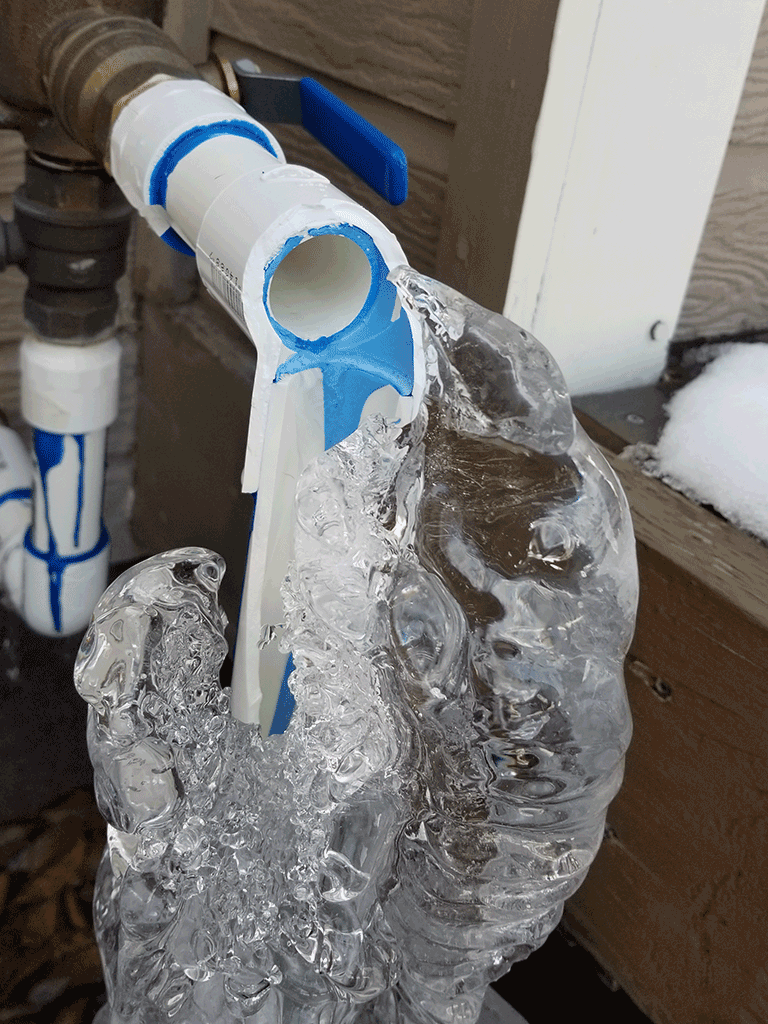Essential Advice to Protect Against Frozen Plumbing in Cold Weather
Essential Advice to Protect Against Frozen Plumbing in Cold Weather
Blog Article
The article author is making several great pointers regarding How To Avoid Freezing Pipes overall in this content followed below.

Cold weather can damage your plumbing, especially by freezing pipes. Right here's how to avoid it from happening and what to do if it does.
Introduction
As temperature levels drop, the danger of icy pipes increases, possibly leading to costly fixings and water damages. Understanding just how to stop frozen pipelines is critical for property owners in chilly climates.
Avoidance Tips
Insulating at risk pipelines
Wrap pipes in insulation sleeves or make use of warmth tape to secure them from freezing temperatures. Focus on pipelines in unheated or exterior areas of the home.
Heating methods
Maintain indoor rooms adequately heated, particularly areas with plumbing. Open cabinet doors to allow warm air to circulate around pipes under sinks.
How to identify icy pipelines
Seek lowered water circulation from faucets, unusual smells or sounds from pipelines, and visible frost on exposed pipelines.
Long-Term Solutions
Architectural modifications
Think about rerouting pipes far from exterior walls or unheated locations. Add added insulation to attic rooms, basements, and crawl spaces.
Updating insulation
Buy high-quality insulation for pipelines, attics, and wall surfaces. Proper insulation aids maintain constant temperatures and minimizes the danger of icy pipelines.
Securing Outdoor Pipes
Yard tubes and outdoor faucets
Disconnect and drain garden pipes prior to winter months. Install frost-proof faucets or cover outside taps with protected caps.
Recognizing Frozen Pipelines
What causes pipes to ice up?
Pipelines freeze when subjected to temperature levels below 32 ° F (0 ° C) for prolonged periods. As water inside the pipelines freezes, it increases, putting pressure on the pipe walls and potentially triggering them to break.
Threats and problems
Icy pipes can result in water disturbances, residential property damages, and costly repair services. Ruptured pipes can flood homes and cause extensive architectural damages.
Indications of Frozen Water Lines
Determining frozen pipelines early can avoid them from bursting.
What to Do If Your Pipelines Freeze
Immediate activities to take
If you think icy pipelines, keep taps available to alleviate stress as the ice melts. Use a hairdryer or towels taken in hot water to thaw pipelines slowly.
Final thought
Avoiding frozen pipelines requires proactive procedures and quick feedbacks. By comprehending the reasons, signs, and safety nets, homeowners can secure their plumbing during cold weather.
5 Ways to Prevent Frozen Pipes
Drain Outdoor Faucets and Disconnect Hoses
First, close the shut-off valve that controls the flow of water in the pipe to your outdoor faucet. Then, head outside to disconnect and drain your hose and open the outdoor faucet to allow the water to completely drain out of the line. Turn off the faucet when done. Finally, head back to the shut-off valve and drain the remaining water inside the pipe into a bucket or container. Additionally, if you have a home irrigation system, you should consider hiring an expert to clear the system of water each year.
Insulate Pipes
One of the best and most cost-effective methods for preventing frozen water pipes is to wrap your pipes with insulation. This is especially important for areas in your home that aren’t exposed to heat, such as an attic. We suggest using foam sleeves, which can typically be found at your local hardware store.
Keep Heat Running at 65
Your pipes are located inside your walls, and the temperature there is much colder than the rest of the house. To prevent your pipes from freezing, The Insurance Information Institute suggests that you keep your home heated to at least 65 degrees, even when traveling. You may want to invest in smart devices that can keep an eye on the temperature in your home while you’re away.
Leave Water Dripping
Moving water — even a small trickle — can prevent ice from forming inside your pipes. When freezing temps are imminent, start a drip of water from all faucets that serve exposed pipes. Leaving a few faucets running will also help relieve pressure inside the pipes and help prevent a rupture if the water inside freezes.
Open Cupboard Doors
Warm your kitchen and bathroom pipes by opening cupboards and vanities. You should also leave your interior doors ajar to help warm air circulate evenly throughout your home.

We were made aware of that write-up on How to prepare your home plumbing for winter weather through a pal on a different web blog. I beg you pause to distribute this write-up if you enjoyed reading it. I am grateful for being here. Please come visit our blog back soon.
Click Here Report this page